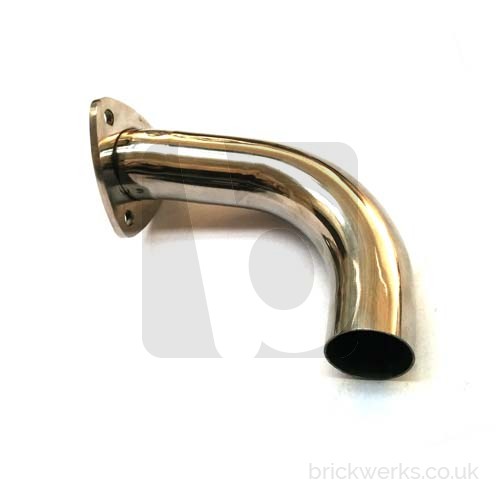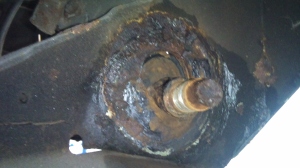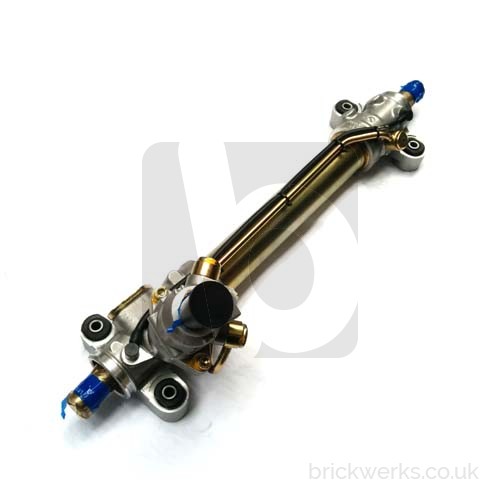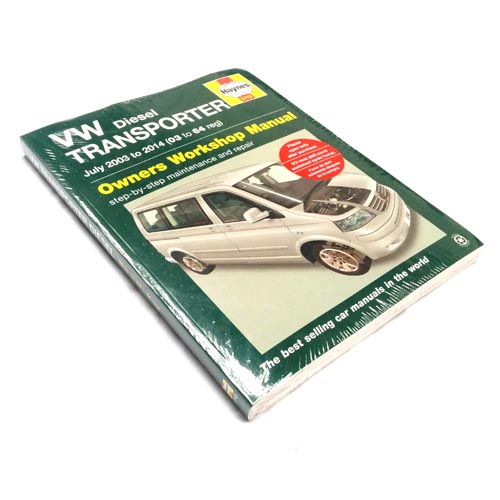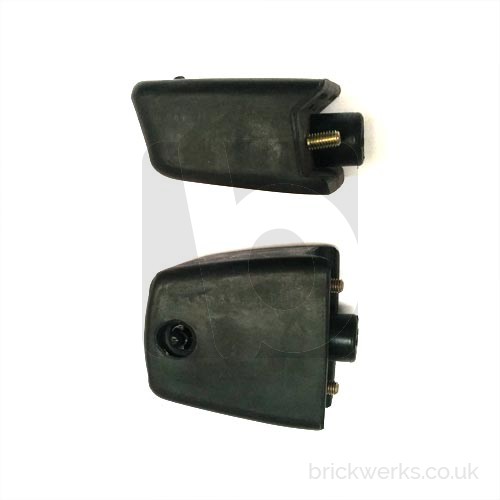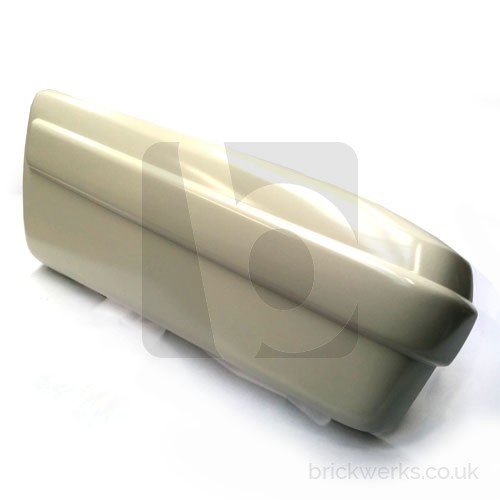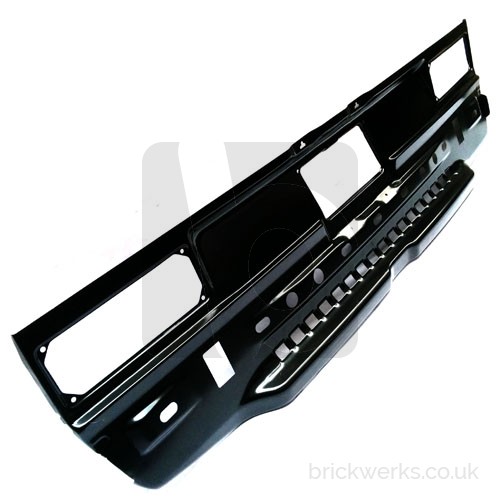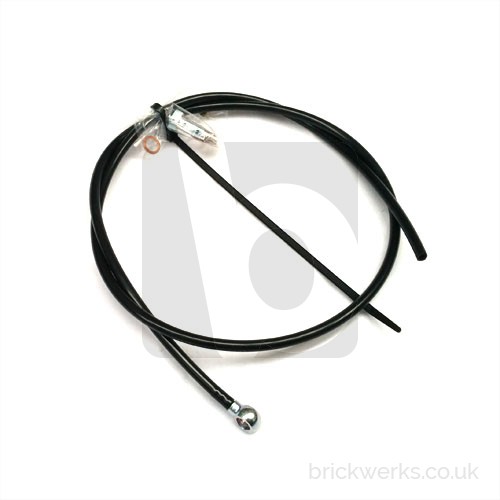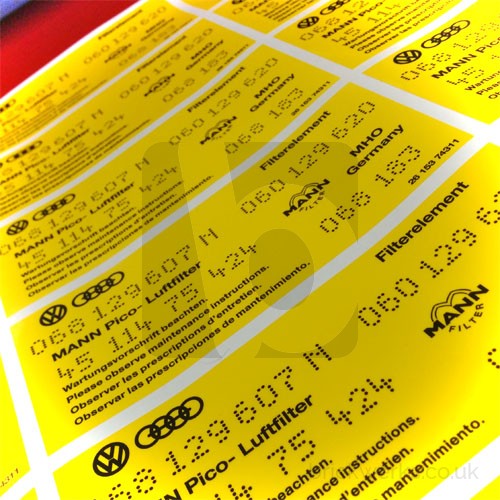Now, here’s a thing.
I don’t know if you have ever noticed but we sell header tanks. The difference between us and other suppliers is that our tanks don’t have caps and other suppliers do.
Just a quick post to explain why.
So, we buy header tanks, when we buy them they come with caps on, the tanks are fine, the caps are absolute junk so we take them off and bin them and here’s why…
The header tank cap is simply not there to stop coolant falling out but it is a very important part of the cooling system.
If you pressurise coolant you raise it’s boiling point, its that simple! Your cooling system is designed to run at about 1 bar or pressure [14.7psi give or take] the effect of this is that your coolant no longer boils at 100° C but at a higher temperature of about 115°c. This means your engine can run warmer and the coolant not boil, brilliant!
So, as the engine warms up the coolant does too and as it does the coolant expands. As the coolant expands the pressure in the cooling system increases. Once the cooling system reaches a predetermined level [about 1 bar of pressure] then a pressure valve in the header tank cap opens and lets the extra coolant out into the tank behind the number plate flap safe and sound to maintain a constant 1 bar pressure. The pressure valve will regulate the cooling system pressure and keep everything hunky-dorey.
Okay, you pull up outside your lust cottage in the Yorkshire Dales for the evening, turn your engine off, now what?
As the cooling system cools the coolant contracts, oh no! a pressure less than atmospheric [I’m desperately trying not to say vacuum as I can see my old motor vehicle college tutor about to shout at me for saying vacuum…it’s a depression Simon, a depression.] then the hoses would all collapse and suck up, but wait! another valve in the cap [yes, not one but 2 valves, image!] opens and now lets the cap draw back the coolant it spat out earlier into the burp tank behind the number plate.
Ace, all sorted, one valve to let excess pressure out and another valve to let coolant back in when the pressure drops.
Now, in the olden days these 2 valves were visible…
Here’s a few pictures to illustrate what I mean
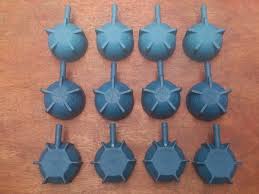
A bunch of caps.
Top row – Tthe cheap nasty ones we put in the bin.
Middle row – Genuine VW items [not actually made by VW but we’ll come back to that in a moment…]
Bottom row – OEM [Original Equipment Manufacturer] basically in layman’s terms the people who made them for VW which in this case is a company called “Blau”
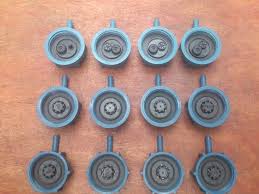
Again, same lay out as above, top the nasty ones [eagle eyed readers will have already spotted the problem] middle row VW, bottom row OEM “Blau”
Sorry… pic missing. Im sure we can take another as the “worthless” caps are pretty common!
Okay, to the problem, this is how we received the cap, the “vacuum” *ahem* valve is just plain missing, meaning this cap will hold zero pressure, not good! You can also see the cap behind has a wonky valve too! 2 out of 4 failure rate out of the box!
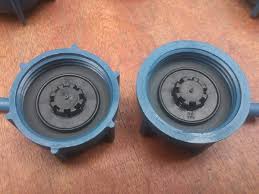
Now, the 2 caps above, can you see the black bits in the middle, that’s the important bit, that’s where the valves are, they look fairly much the same don’t they? that’s because they are!
I’ve said this loads in the past but VW maybe a vehicle manufacturer but they don’t manufacture all the parts, most stuff is bought in and this is a prime example.
Vw’s header tank caps are made by a company called Blau [part of the Magna-Steyr company, Steyr-Puch as was..] and this is their aftermarket version of the same cap, it’s made by the same company probably on the same production line by the same people with the same material using the same mechanism but outwardly it has a slightly different appearance.
So, here’s the best bit, you get basically the same part but for much less money as the part hasn’t passed though as many hands so it’s loads cheaper!
Before these blue caps were introduced the earlier version was black in colour [025 121 321 A] and these too have the unreliable valve design, 9 times out of 10 if we pressure test these black caps they fail too.
We always replace cheap caps and black caps when we spot them in the workshop.
I know I can go online now and find half a dozen companies selling these cheap caps, and the same companies selling their tanks with the cap still fitted, how are you meant to know? You buy a new cap and expect it to work, it’s only the fact that we are also a workshop and work with these vehicles daily that we pick up on such faults. You hear all these horror stories of people not being able to bleed their cooling system, well I can tell you that you have no chance of bleeding the cooling system with a cap that doesn’t hold pressure!
That’s it! ramble over.
stand down….
As you were…
Link to OEM “Blau” caps.
Nice header tank caps
Link to cheap nasty caps.
Hah, yeah right..

